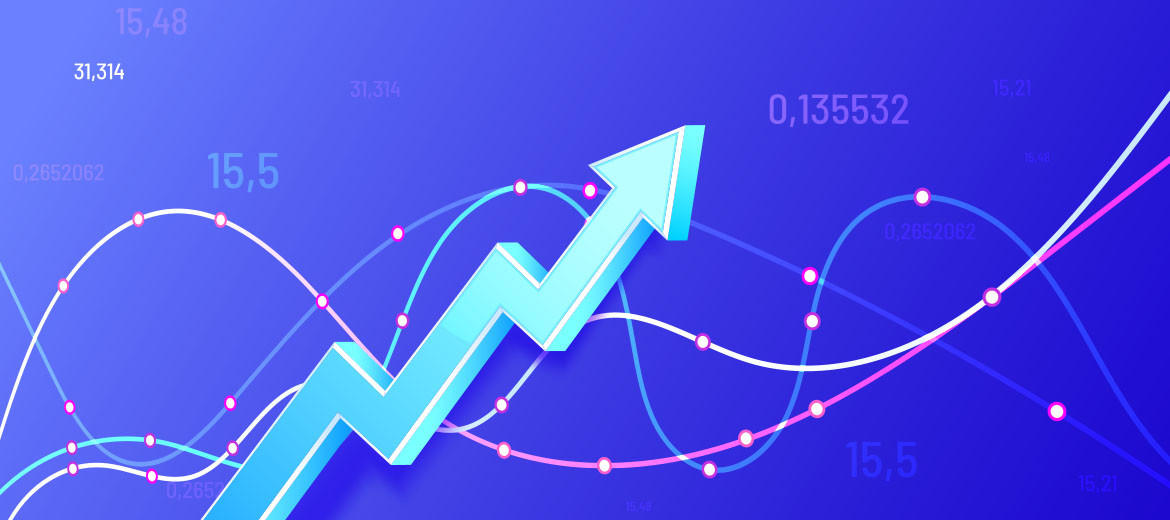According to Digitization Analysis, Romania ranks 27th out of the 27 EU member states in the 2022 edition of the Digital Economy and Society Index (DESI). It is important to note that its relative annual growth is lower than that of similar countries. The good news is that we maintain our lead in the proportion of female ICT specialists in the workforce (2nd place) and in the number of ICT graduates (4th place). A significant change in the pace of Romania's digital skills training is essential for the EU to achieve the Digital Decade target of basic digital skills and ICT specialists.
The analysis also states that Romania has relatively good results in terms of connectivity, this being the dimension for which it gets the best score. Proportion of using fixed broadband coverage of at least 100 Mbps (57 %) and via very high capacity fixed networks (87 %) exceeding the EU average.
The report also mentions that the country's performance in terms of the integration of digital technologies and digital public services is weak compared to that of other EU member states. The share of SMEs that have at least a basic level of digital intensity (22 %) and the percentage of businesses that exchange information electronically (17 %) are the lowest in the EU. The low level of digitization and relatively slow progress prevent Romania's economy from taking full advantage of the opportunities offered by digital technologies. This situation is further aggravated by the very low level of digital public services, both for citizens and businesses.
If we look at the place Romanian businesses occupy in the EU in terms of using their own website, online trade or online promotion, we notice that we are still in the penultimate place, unfortunately. Finland and Denmark (both 5%) and Belgium (3%) were the EU countries with the highest proportions of highly digitized enterprises, while the other countries had at most 2% of enterprises with a very high level of DII. The Digital Intensity Index (DII) is a composite indicator derived from the survey on the use of ICT and e-commerce in enterprises. With each of the 12 included variables having a score of 1 point, the DII distinguishes four levels of digital intensity for each enterprise: counting from 0 to 3 points implies a very low level of digital intensity, from 4 to 6 – low, of at 7 to 9 – high and 10 to 12 points – very high DII.
In Bulgaria and Romania (both 66%), Greece (60%), Latvia (57%) and Hungary (53%), most businesses have a very low DII, indicating little investment in digital technologies.
According to one of the EU's targets for digital transformation, at least 90% of EU small and medium-sized enterprises (SMEs) should reach a basic level of digital intensity by 2030. The basic level involves the use of at least four technologies and includes enterprises with low, high and very high DII. In 2020, three out of five SMEs (60%) in the EU have achieved at least a basic level of digital intensity, compared to 89% of large enterprises.
You can purchase your favorite domains at the most convenient prices using the quick domain registration solution and invest in a secure and optimal hosting plan - choosing any of the NSHOST web shared, VPS or Cloud and allocate the necessary time to a caching policy suitable for your business to ensure optimal load times for each web page.


